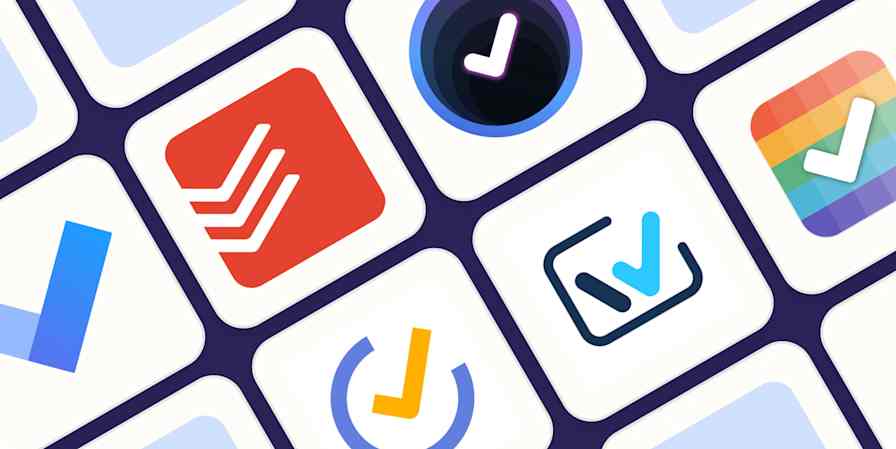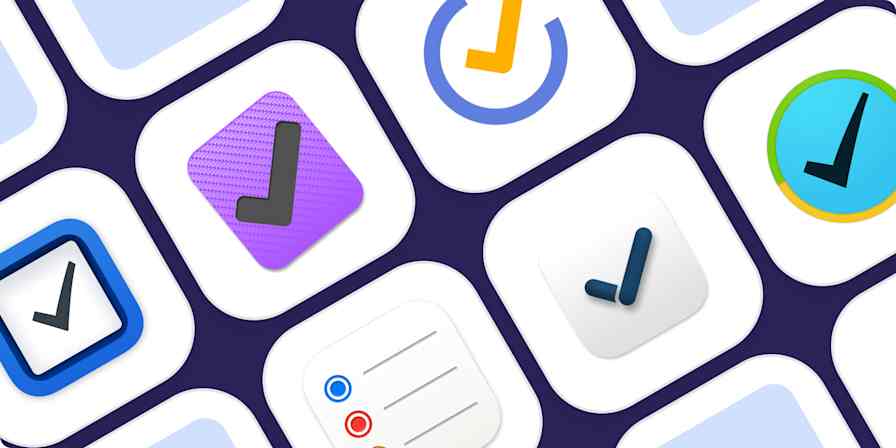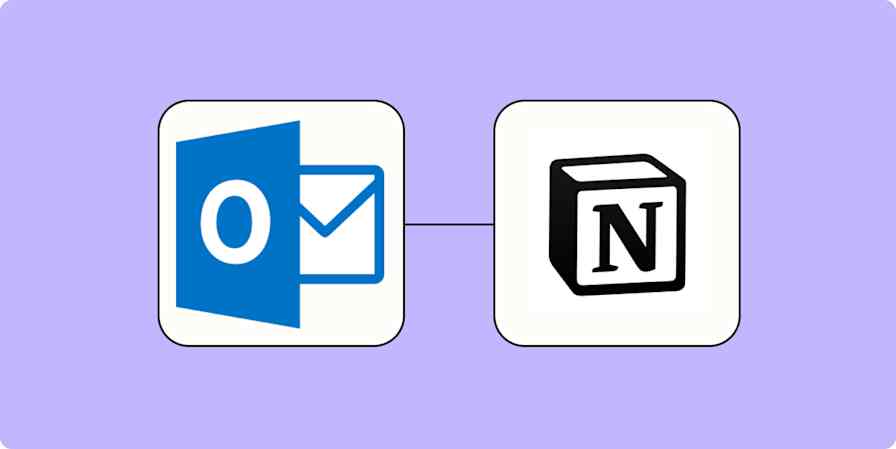Productivity tips
9 min read7 Creative Ways to Visualize Your To-Do List
By Jessica Greene · June 25, 2019

Get productivity tips delivered straight to your inbox
We’ll email you 1-3 times per week—and never share your information.
mentioned apps
Related articles
Improve your productivity automatically. Use Zapier to get your apps working together.








